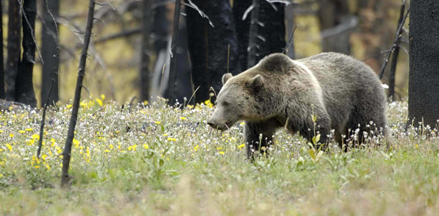Last month the US Fish and Wildlife Service added two more freshwater mussel species, the sheepnose and the spectaclecase, as endangered under the Endangered Species Act. Read the press release here.
According to the press release, sheepnose are currently found in Alabama, Illinois, Indiana, Iowa, Kentucky, Minnesota, Mississippi, Missouri, Ohio, Pennsylvania, Tennessee, Virginia, West Virginia, and Wisconsin. Spectaclecase mussels are currently found in Alabama, Arkansas, Illinois, Iowa, Kentucky, Minnesota, Missouri, Tennessee, Virginia, West Virginia, and Wisconsin.
(This is not to be confused with the addition, in February, of two other freshwater mussel species, rayed bean and the snuffbox, to the list as endangered species. That press release is here.)
Also in March, the state of Oregon removed the bald eagle from the state’s Endangered Species List. Read the press release here. (Only the first paragraph is about the de-listing.) The eagle was removed from the federal list in 2007.
Read a (brief) story about it in the Albany (Or.) Democrat-Herald.
Photo by USFWS; Tamara Smith

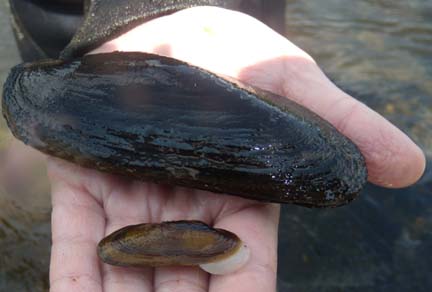
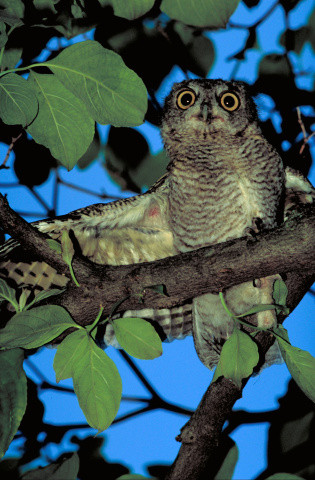
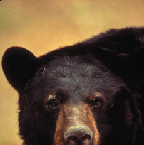
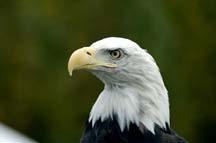 The US Fish and Wildlife Service would like to extend the length of the permits they issue to wind energy operations and other activities that by their nature disturb or kill bald and golden eagles from a maximum of five years to 30 years.
The US Fish and Wildlife Service would like to extend the length of the permits they issue to wind energy operations and other activities that by their nature disturb or kill bald and golden eagles from a maximum of five years to 30 years.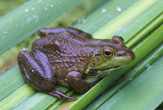 Factory-farmed bullfrogs carry the chytrid fungus, likely spreading the infection when they escape into the wild, says an
Factory-farmed bullfrogs carry the chytrid fungus, likely spreading the infection when they escape into the wild, says an 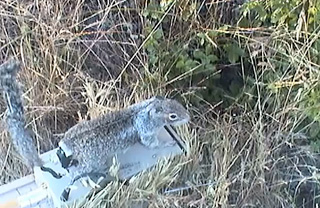 At the University of California, Davis robots are being used to study the reaction of squirrels and rattlesnakes, the display behavior by anole lizards in the jungles and ecology, the mating behavior of sage grouse, according to
At the University of California, Davis robots are being used to study the reaction of squirrels and rattlesnakes, the display behavior by anole lizards in the jungles and ecology, the mating behavior of sage grouse, according to 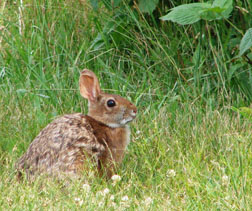 Last autumn, nine New England cottontails bred in captivity at the Roger Williams Park Zoo in Rhode Island were released inside a predator-proof fence enclosing one acre of the Ninigret National Wildlife Refuge, also in Rhode Island.
Last autumn, nine New England cottontails bred in captivity at the Roger Williams Park Zoo in Rhode Island were released inside a predator-proof fence enclosing one acre of the Ninigret National Wildlife Refuge, also in Rhode Island.